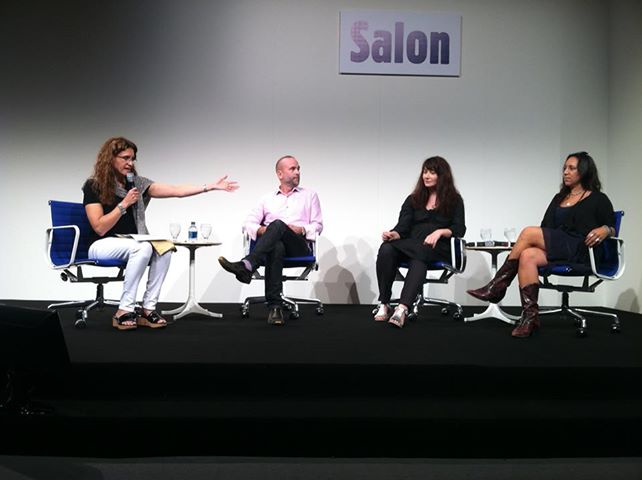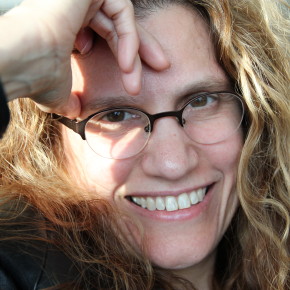There are numerous books that specialize in assisting artists on how to live a creative life or offer hints or tips to success within the commercial industry. Many dispense suggestions which may or may not work for each particular reader. Being an artist is in fact one of the most difficult professions to undertake since he or she is basically an entrepreneur in a very fickle industry and where the “product” is subjective. Craft alone may or may not equal success and often beyond what needs to be a labor intensive studio practice, having a captivating personality and affable approach is also an all-important component of the industry and what might make one artist stand out compared to others. Thus said, Sharon Louden, an artist in her own right, has edited and compiled a selection of essays by 40 artists who share their real life experience. The book, “Living and Sustaining a Creative Life: Essays by 40 Working Artists” (published by intellect Bristol, UK / Chicago, USA, 2013) brings together artists of various degrees of commercial success and notoriety with the sole purpose of breaking down the assumptions that many people may have about artists, how they survive financially along with the sacrifices and investments that need to be made in order to thrive. The preface of the book starts with Louden herself sharing her own experience commencing with her experience in 1991, post-grad school.
“IN 1991, I graduated with an MFA from Yale University, School of Art, and was struggling to live with a mountain of debt from school loans and credit card bills. I had taken a job as an administrative assistant that did not pay enough to make ends meet, and I was having difficulty striking a balance between making my work and paying the bills.”
These first few sentences set the tone of the book. This is a very familiar reality for artists and is something that to this day, is often hush-hush and not discussed in an open manner. For some reason, there is an understanding that most artists are “struggling” however in the art world, it is not necessarily considered cool to talk about a day job or how one survives outside of their art practice. A few paragraphs later she continues,
“The details in the following essays seem to me invaluable for many reasons, but among the more important are: (1) they show how artists turn obstacles into inspiration, both inside and outside of their studios: (2) they explain to people who may not be fully aware why money is not the only measure of artistic success: (3) they attack the old myth of the “poor, struggling artist” for whom great pain is a requisite for great art: and (4) they address the delicate questions of educational debt and community support in a culture that normalizes and encourages competition.”

Art Basel Art Fair Salon Program, 2013, (Sharon Louden far left in conversation with Shamim Momin, far right and others) Photograph: Buzz Spector, Courtesy of the author
Being declared an artist often carries with it the burden of taboo. Unlike professions such as a banker, a doctor, or even a nanny, the lines of definition are blurred because the possibilities of formal praxis range in discipline. There are very real humanistic qualities that we all share, however with artists these needs are often also the driving force behind production. An excerpt from contributor Michael Waugh states,
“None of these jobs paid well: some didn’t pay at all. So I had to keep my student loans in forbearance. The interest was capitalizing. But what could I do? I was doing what I dreamed of doing from the age of six. But I sent a goal for myself: by the time I was 40, I’d need to be self-sufficient, or I’d leave New York. The city was just too expensive to justify letting my debts keep growing. With that goal, I set to work in the only way I knew how: by continuing to remain involved and to watch out for luck.”
“Living and Sustaining a Creative Life: Essays by 40 Working Artists” is available online and in bookstores. Other notable contributors include painter Will Cotton, Michelle Grabner (who is a practicing artist and one of the curators of the 2014 Whitney Biennial), Blane De St. Croix and Karin Davie.
Also on the evening of Monday, March 24th at 6:30 pm, Randy Cohen’s, Person Place Thing series welcomes art critics Jerry Saltz (New York Magazine) and Roberta Smith (New York Times) to an evening of discussion at the New York Academy of Art, a special evening part of Professional Practice a series championed by Sharon Louden.
More soon.
xo


